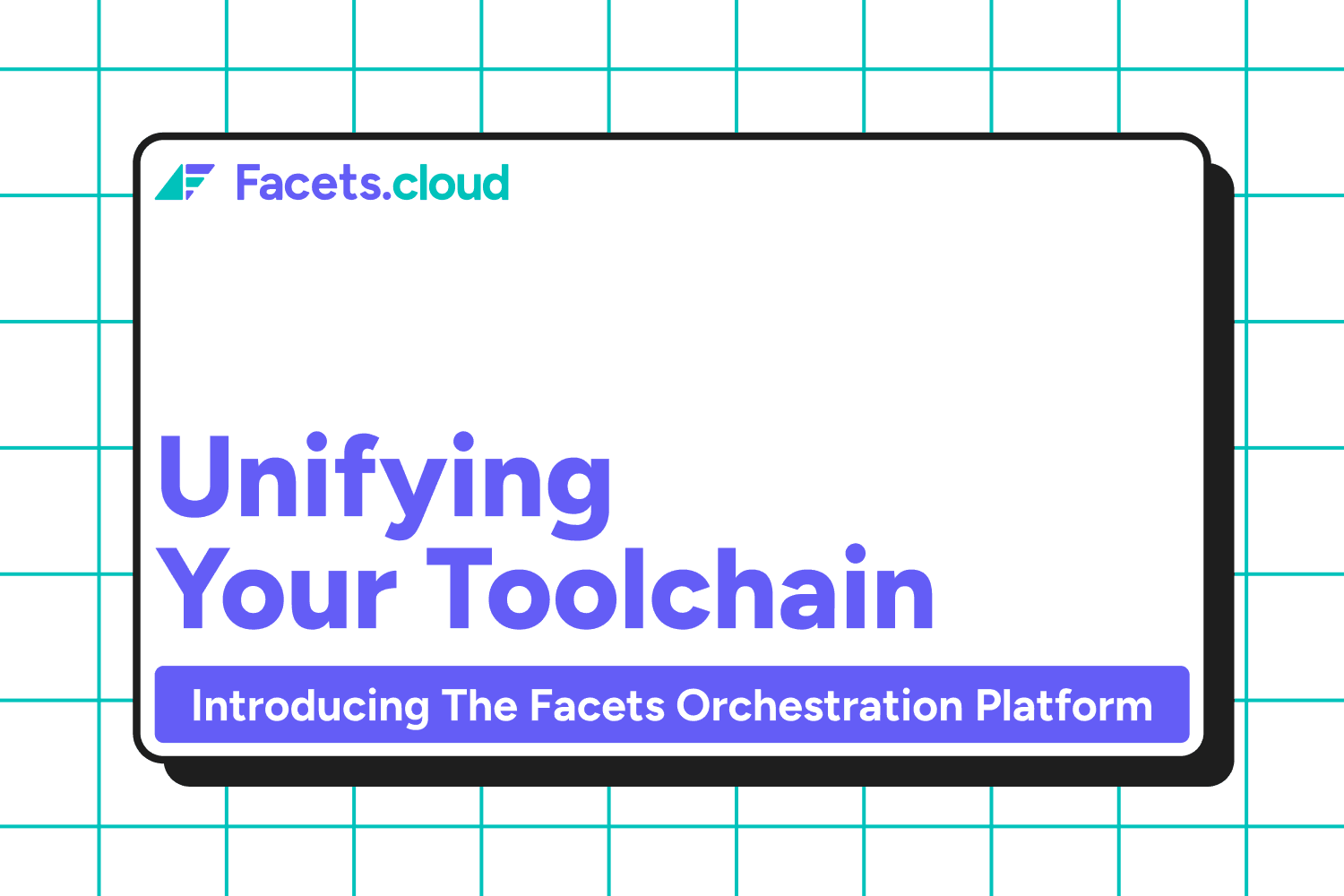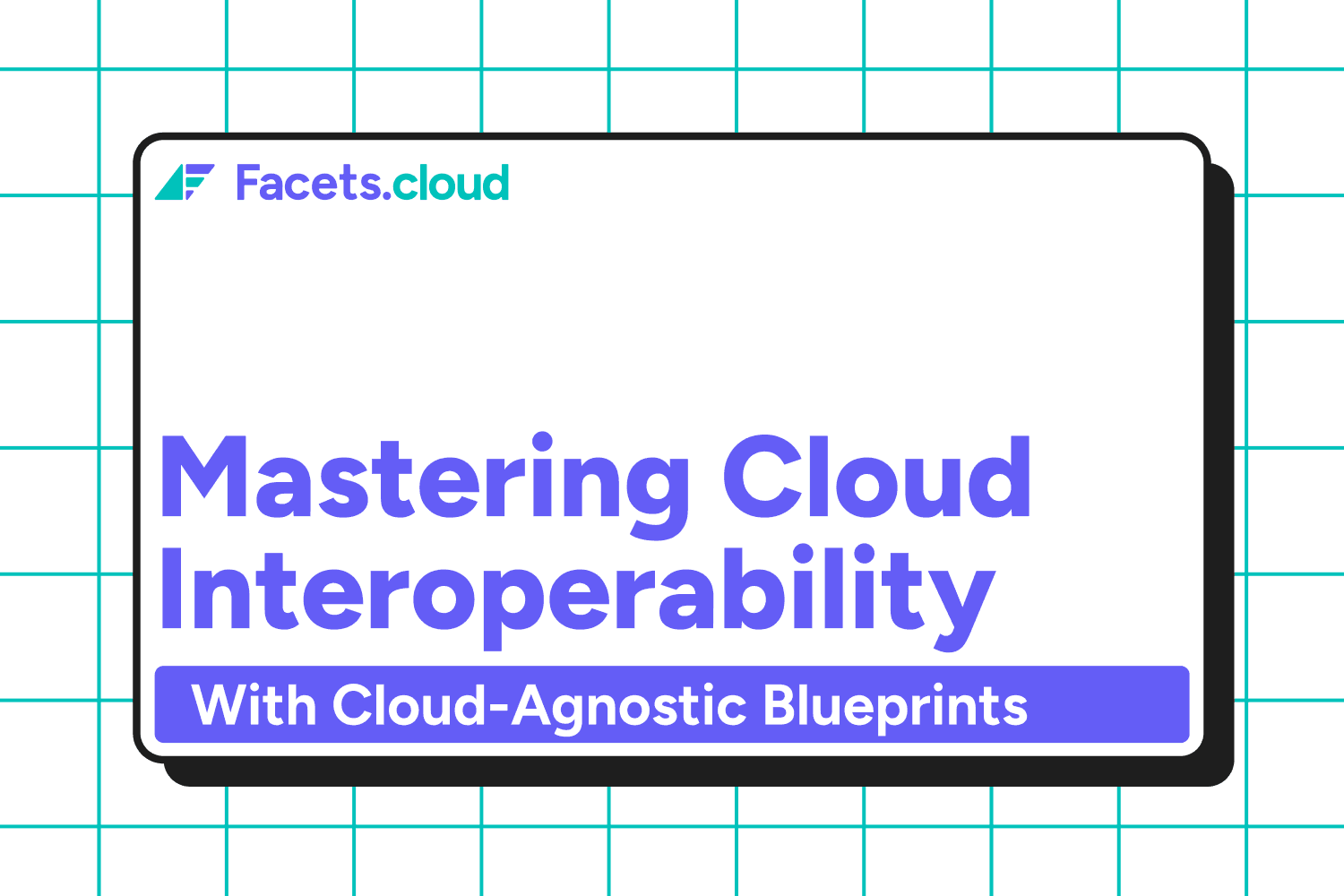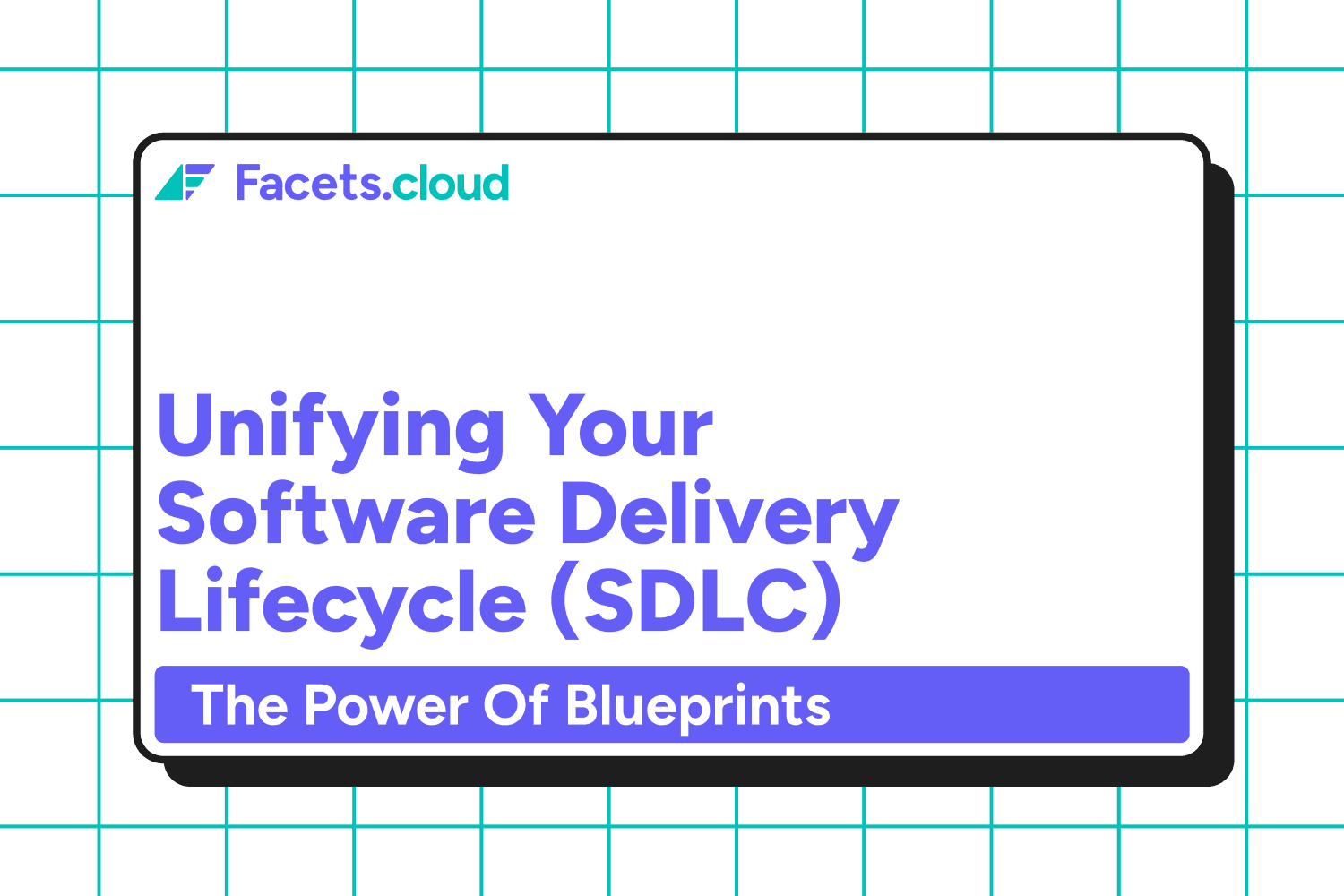The AI revolution in DevOps is happening, but not quite the way the headlines suggest. In our latest episode of AI x DevOps, we sat down with Sanjeev Ganjihal, Senior Container Specialist at AWS, who works directly with financial services customers implementing AI at enterprise scale. What emerged wasn't another "AI will change everything" narrative, but something more valuable: a realistic view from someone actually helping organizations navigate this transformation.
What You'll Learn
- AI in DevOps delivers only 60-70% accuracy, leaving a critical gap for human oversight.
- Multi-LLM validation strategies help enterprises catch security and logic errors in code.
- Organizational adoption is slow—just 8% according to recent McKinsey data, largely due to cultural and risk concerns.
- Roles are changing: DevOps engineers are evolving into AI/ML platform engineers and model ops engineers.
- Managed services (like AWS Bedrock/Q Developer) are typically safer and easier for most enterprises compared to self-hosting models.
Key Takeaways for DevOps Teams
- Use AI for low-risk, high-impact tasks; don’t rush full production adoption.
- Always validate AI-generated outputs using multiple models to improve quality and security.
- Retain GitOps discipline: ensure all changes are reviewed and source-controlled, even when using chat-based tools.
- Upskill gradually, balancing new learning with team well-being and existing duties.
- Be pragmatic in adoption. Avoid both over-hype and skepticism; focus on what delivers real value.
The 30% Problem Nobody Talks About
While everyone celebrates AI's capabilities, Sanjeev highlighted a critical reality check: current AI tools deliver 60-70% accuracy in most practical applications. That remaining 30-40% gap isn't just a minor inconvenience—it's what keeps enterprises cautious about production deployments.
"With human intelligence and AI together, it's a lethal combo," Sanjeev explained, "but you need both." This gap explains why only 8% of organizations have meaningfully adopted AI according to McKinsey research, despite the overwhelming hype.
For DevOps teams, this means AI isn't replacing human judgment anytime soon. Instead, it's becoming a powerful assistant that still requires oversight, validation, and critical thinking.
Multi-LLM Strategies: The Enterprise Approach
One of the most practical insights from our conversation was Sanjeev's approach to using multiple AI models. Rather than relying on a single tool, savvy teams are creating workflows where different models review each other's work.
The process looks like this: one model generates code, another evaluates it for security vulnerabilities and logic flaws, providing built-in quality gates. "Instead of just sticking to one particular tool, you could take whatever code is generated by one model and use it as input for another model," he noted.
This multi-LLM routing approach addresses the accuracy gap while leveraging the strengths of different models. Claude Sonnet might excel at code generation, while another model might be better at security analysis.
The Cultural Challenge: Three Camps, One Team
Perhaps the most overlooked aspect of AI adoption isn't technical—it's cultural. Sanjeev identified three distinct personas emerging in organizations:
- AI Evangelists: Push to replace everything with AI, often underestimating the current limitations.
- AI Skeptics: Dismiss AI as just an auto-completion tool, missing legitimate opportunities.
- AI Pragmatists: Seek the right balance, using AI where it provides clear value while maintaining human oversight.
The challenge for leadership is managing these different perspectives while finding a practical path forward. Organizations that succeed will likely be those that embrace the pragmatic approach—identifying low-risk, high-impact areas for experimentation while maintaining proper checks and balances.
The ChatOps Risk: Trading Discipline for Convenience
A concerning trend Sanjeev highlighted is the potential erosion of DevOps discipline as AI tools make infrastructure changes too easy. With Model Context Protocol (MCP) and similar technologies, teams can now deploy infrastructure changes through simple chat commands.
While convenient, this risks a return to "clickops" culture, abandoning GitOps principles and losing the single source of truth that modern DevOps practices depend on. The solution isn't avoiding these tools, but ensuring they generate proper Infrastructure as Code artifacts rather than making direct changes.
"You need to have checks and balances," Sanjeev emphasized. "Static code analysis, linting capabilities, security analysis- all these need to be part of the workflow."
AWS Services: The Managed vs Self-Hosted Decision
For enterprises considering AI implementation, the conversation touched on a critical decision point: when to self-host models versus using managed services like Bedrock and Q Developer.
Sanjeev's perspective from working with regulated industries is clear: most organizations benefit more from managed solutions that provide elasticity, security, and rapid deployment capabilities. Self-hosting makes sense only when you have specific regulatory requirements, sufficient expertise, and appetite for operational complexity.
"If you want to self-host, you need to be ready to understand the underlying infrastructure, have expertise, time, money, and a fail-fast approach," he explained.
Looking Ahead: The Evolution of Roles
The transformation isn't just about tools but about how roles evolve. Traditional DevOps engineers might become AI/ML platform engineers or model operations engineers. New roles like AI safety engineers are emerging as organizations grapple with the security and reliability challenges of AI systems.
The key insight is that this evolution will happen gradually. Organizations that succeed will be those that help their teams adapt rather than attempting wholesale replacement of existing practices.
Practical Takeaways for DevOps Teams
Based on our conversation, here are actionable steps for teams looking to integrate AI into their DevOps practices:
1. Start with low-risk, high-impact areas where AI can provide clear value without compromising critical systems
2. Implement multi-model validation to catch errors and improve code quality
3. Maintain GitOps discipline even when using AI-powered tools—ensure changes go through proper review processes
4. Invest in upskilling but balance learning with existing responsibilities and well-being
5. Focus on being pragmatic rather than evangelical or skeptical about AI adoption
The Reality Check
The conversation with Sanjeev serves as a valuable reality check in an industry often caught between hype and skepticism. AI is genuinely transformative for DevOps, but the transformation is messier, more gradual, and more dependent on human judgment than many predictions suggest.
For organizations serious about AI adoption, the path forward isn't about choosing between human and artificial intelligence—it's about finding the right combination that leverages the strengths of both while acknowledging the limitations of each.
The full conversation covers much more ground, including specific AWS services, security considerations, and the broader evolution of the container ecosystem. It's a candid look at where AI in DevOps really stands in 2025, beyond the marketing narratives.
*Listen to the complete episode to hear Sanjeev's full perspective on enterprise AI adoption, multi-cloud strategies, and what organizations should focus on as they navigate this transformation.*


